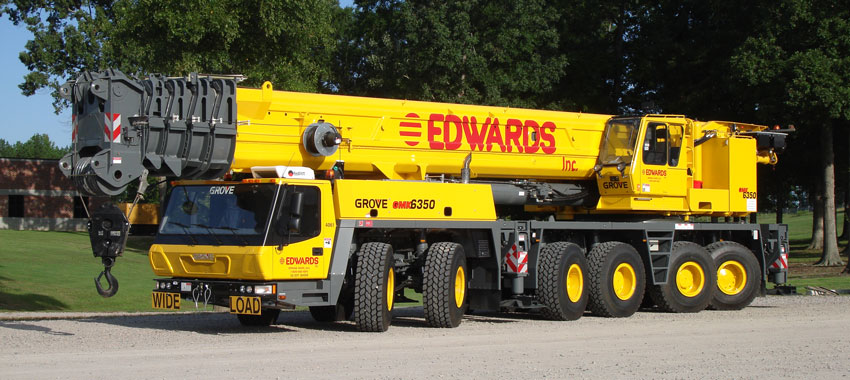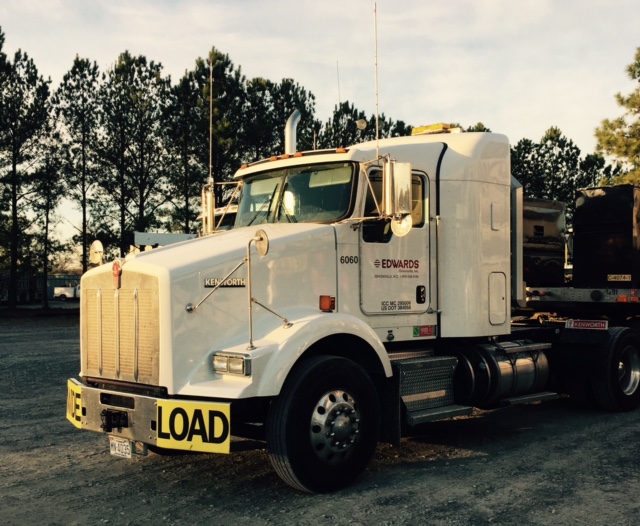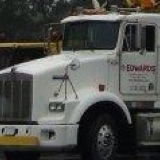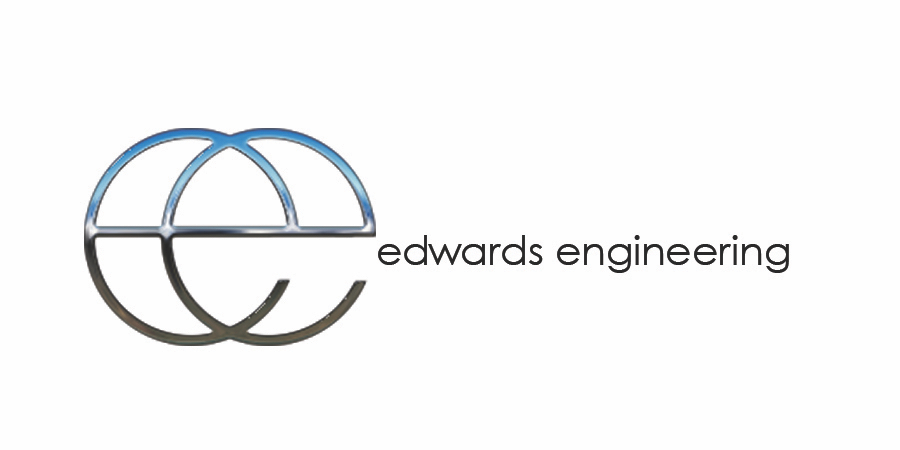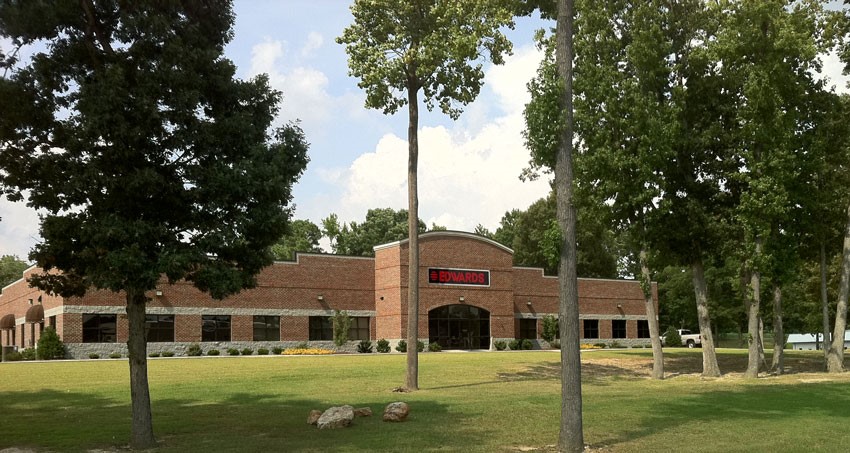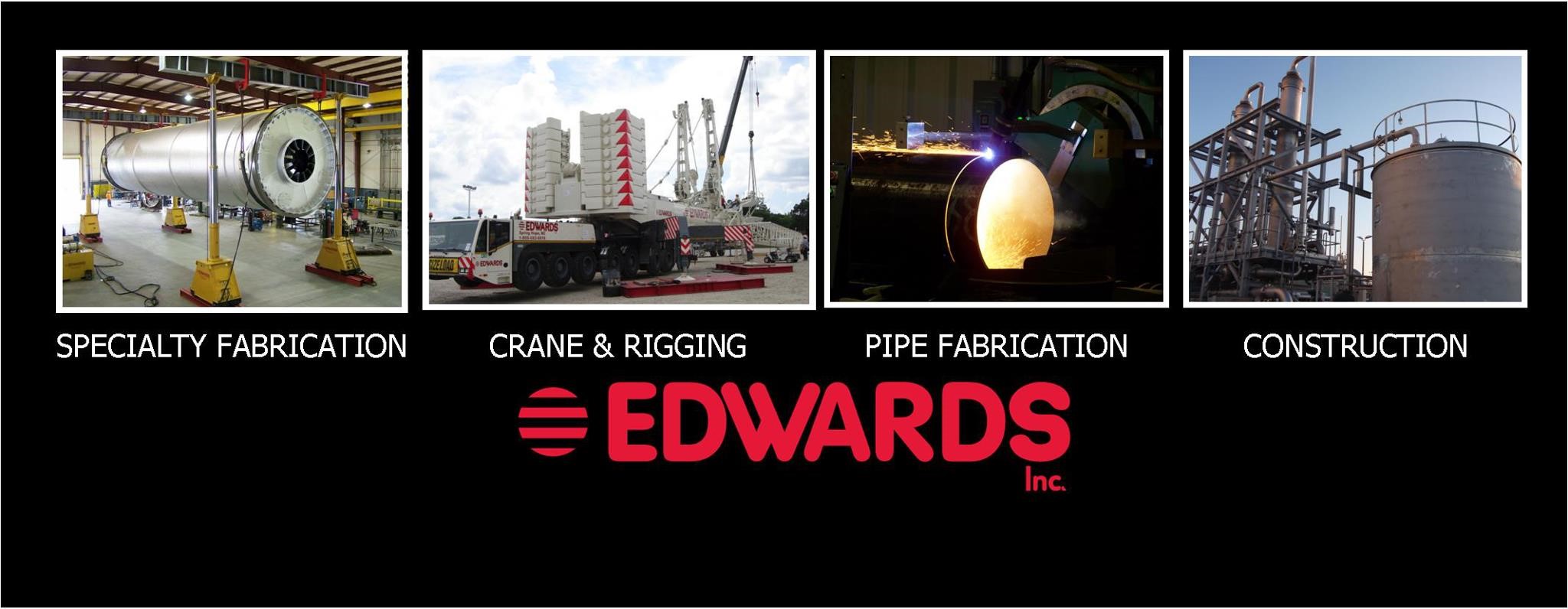Information
-
Client / Site / Location
-
Scope of Work
-
Operator
-
Crane Number
-
Prepared by
-
Conducted on
1.0 - Operator
-
1.1 - Operator understands manufacturer Operator's Manual and Load Chart?
-
1.2 - Operator's manual is readily available and permanently attached in the cab?
-
1.3 - Operator is complying with the crane's rated capacity and is not attempting to exceed?
-
1.4 - The load weight has been verified by customer and operator?
-
1.5 - Operator will maintain 2 full wraps of rope on the hoist drum?
-
1.6 - Operator has performed a Daily Inspection?
-
1.7 - Federal Motor Carrier Pre-Trip Inspection completed?
-
1.8 - Crane Pre-Lift Inspection has been completed?
-
1.9 - Hoist line has been inspected and is free of defects, knots, or kinks?
-
1.10 - Operator's daily log book is current?
-
1.11 - Job ticket has been signed by customer?
-
1.12 - Operator has valid NCCCO card and is readily available?
-
1.13 - Current registration card is in the driver's cab?
-
1.14 - Current insurance card is in the cab?
-
1.15 - Current Interstate Fuel Tax (IFTA) sticker?
-
1.16 - Current Federal Motor Carrier sticker?
-
1.17 - Crane has a current annual inspection and a copy is in the driver's cab?
-
1.18 - Operator has a valid CDL and medical card on his person?
-
1.19 - Annual or one way road permit is in the driver's cab? (does not apply to boom truck)
2.0 - Operation
-
2.1 - Crane windows are intact, free of damage, and all latches are in place?<br>
-
2.2 - All manufacturer's warnings on crane are legible?<br>
-
2.3 - Crane load chart is clearly visible?
-
2.4 - Crane annual inspection sticker is current and clearly posted in operator's cab?
-
2.5 - A 10 lb. ABC fire extinguisher with current inspection is properly secured in the upper cab, and a 5 lb. with current inspection is properly secured in the driver's cab?
-
2.6 - Crane's built-in leveling device is in good working order?
-
2.7 - The crane houses a stocked first-aid kit?
-
2.8 - Anti-two block is in place and operational?
-
2.9 - Hook latch is in place and working?
-
2.10 - All spreader bars are clearly and permanently marked with their ID#, capacity chart, current inspection, weight ,and are free of visible damage?
-
2.11 - All rigging equipment is in good condition with legible manufacturer tags or labels?
-
2.12 - All tools and maintenance parts are stored in tool boxes and not loose in or around the cab?
-
2.13 - Personal items do not interfere with the access to/or operation of the crane, within the cab space?
-
2.14 - Cribbing is strong enough to prevent crushing, 3 times larger than float, and properly in place?
-
2.15 - The reverse alarm is working and effective?
-
2.16 - Headache ball and hoisting block are labeled with capacity and weight?
-
2.17 - Crane is setting upon fully extended outriggers and floats or meets crane reduction for intermediate outriggers.
-
2.18 - Crane cribbing is in good condition and placed side by side with out gaps between timbers?
-
2.19 - The crane shall be set up on steel mats when they are onsite.
-
2.19 - Crane is setup level (+/- 1%)?
-
2.20 - The crane has operable windshield wipers, defrosting, and defogging equipment?
-
2.21 - The crane's air horn and/or electric horn are in working order? (Drivers Cab and Operators Cab)
3.0 - Observation
-
3.1 - Air brake is engaged?
-
3.3 - A signal-person is in place when there is a chance of personal injury from moving equipment, swinging loads, buckets, booms, etcetera.
-
3.2 - The work area is level, firm, free of obstructions, and the crane is secure?
-
3.4 - Fuel tanks contain shipping document, NFPA diamond, Flammable label, and Diesel label?
-
3.5 - Crane has adequate clearance from structures and electrical sources (>20') to operate safely? (Boom length - plus 20' - 360 degrees all directions)
-
3.6 - 20' Rule meeting has been conducted and documented? (Designate Spotters, Install Barricades, Identify Line of Site Markers, Drop Zone Identified, and Personnel responsibilities have been defined)
-
3.7 - Operator has high visibility clothing or vest on, or it is readily available in cab?
-
3.8 - Crane operator maintained his position while load is suspended?
-
3.9 - Operator is engaged and focused on the operation and free from distractions?
-
3.10 - The proper barricades and labels are in place to warn others of the potential hazards? (Swing Radius and Drop Zone have been identified)
4.0- Lifting Operations
-
4.1- Rigging configurations are in good working order and are properly applied? (sling angles, point load hook, crowding hook, damaged rigging, taglines, etcetera)
-
4.2- Loads are being maneuvered around the job site to avoid lifting loads over people?
-
4.3- Barricades are properly installed when overhead lifts are required?
5.0 - Customer Input
-
5.1 - Was the crane on time?
-
5.2 - Has our crane operator been polite and courteous?
-
5.3 - Has the rest of our crane team been polite and helpful?
-
5.4 - Has our crane team had the necessary tools and rigging for the job to be performed safely?
-
5.5 - Has our equipment functioned properly and in good working order?
-
5.6 - Has our crane team worked together and displayed teamwork?
Customer Comments
Inspector Comments
Signatures
-
Operator Signature
-
Inspector Signature
